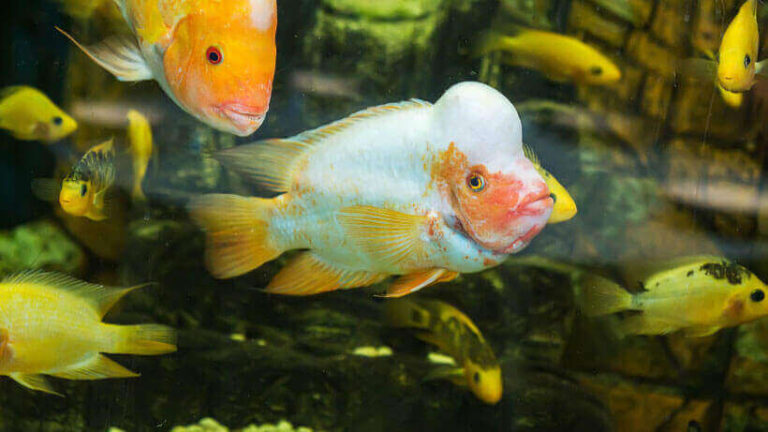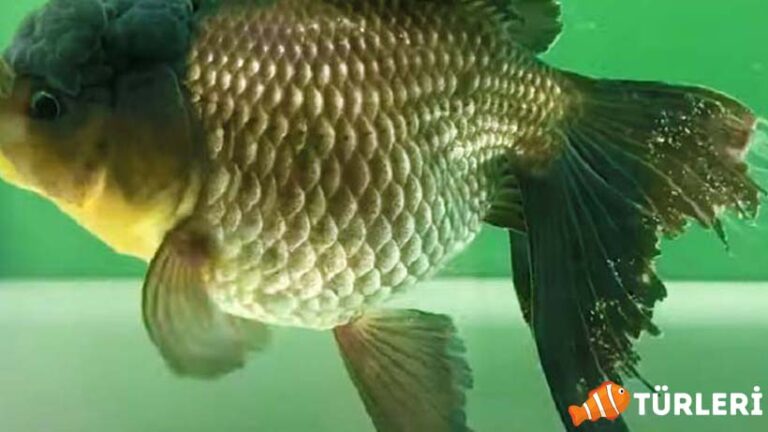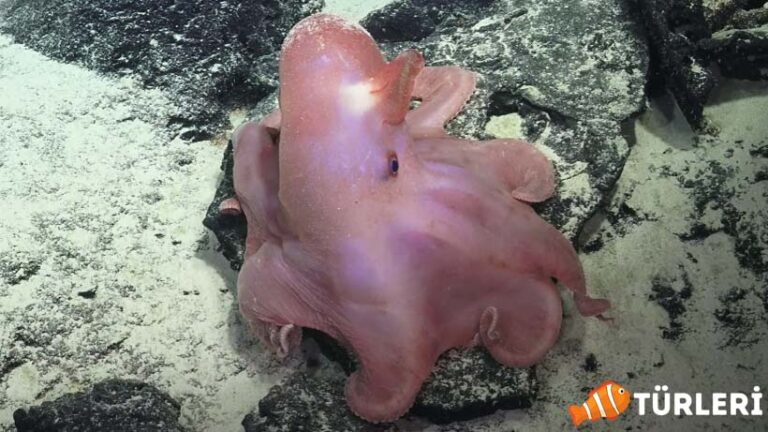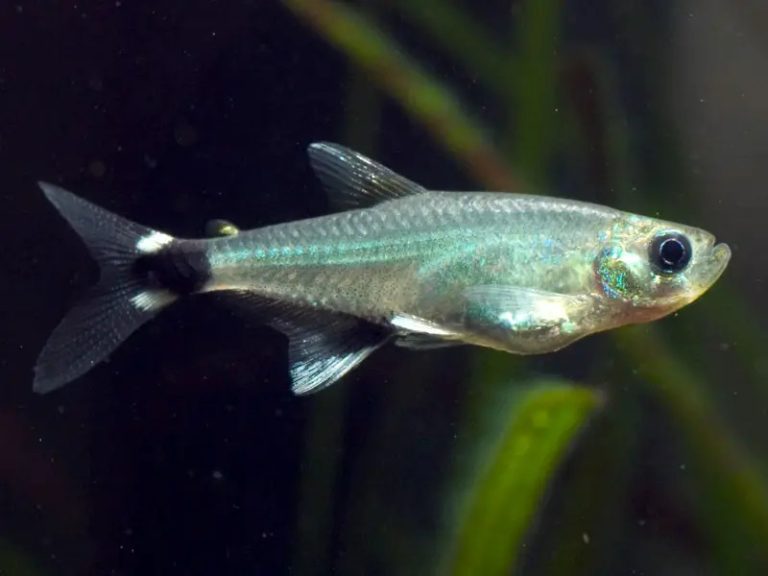Popular Blue Shrimp Species: Top 6 Types
There are wonderful shrimp species suitable for freshwater aquarium environments. The blue angel, blue pearl, blue rili, blue velvet, blue tiger, and blue bolt shrimp are among the most popular.
Shrimps are magnificent aquatic creatures. Apart from the pleasure of watching them, they also help control and eliminate algae and moss in your aquarium.
Although there are numerous aquarium shrimp varieties to choose from in various colors, blue shrimps stand out due to their unique appearance.
In this list, we will provide you with information about the most popular blue shrimp species for freshwater aquariums.
Summary of Blue Shrimp Types
| Scientific Name: | Neocaridina davidi var |
| Origin: | Asia |
| Behavior: | Peaceful |
| Behavior Towards Their Own Kind: | Peaceful |
| Swimming Area: | Bottom |
| pH Level: | 6.2 – 8.0 |
| Minimum Aquarium Volume: | 20 Litre+ |
| Reproduction: | They lay eggs |
We know that many people focus only on fish in freshwater aquariums. However, there are also many mollusks (snails) and invertebrate species you can care for in freshwater. Among them, shrimps stand out. Shrimps are special aquarium species that are delightful to watch and care for.
There are dozens of shrimp species and hundreds of variants you can keep in your aquarium. Among the most preferred species worldwide are the blue shrimp types. It’s certain that these creatures will add a unique atmosphere to your aquarium with their stunning visuals.
Shrimps are not only valued for their visual beauty but are also highly functional creatures for aquarium cleaning. Many aquarists use them to eliminate moss and algae. Here, we will talk about the top 6 popular blue shrimp types. Let’s dive into our list.
1. Blue Dream Shrimp

The Blue Dream shrimp, is a breed developed from the Blue Velvet shrimp by experienced aquarists to achieve a more striking, beautiful deep blue color. Their size is consistent with standard shrimp species, reaching about 3 cm in adulthood. Females are slightly larger than males.
Today, among the blue shrimp types, this species is one of the most preferred. They are not chosen solely for their beautiful appearance. Like many shrimp species, the Blue Angel shrimp is also very efficient in aquarium cleaning.
For most freshwater shrimps, sexual maturity is necessary to determine their gender, and the Blue Angel shrimp is no exception.
Females develop an area that resembles a saddle right behind their head, on their back, where they store their eggs. This saddle becomes visible when the female reaches sexual maturity, indicating she is ready to reproduce.
They get along well with many aquarium fish and shrimp species. Compared to many other aquarium shrimp species, they have a wider tolerance range for water parameters. To care for them best, the water parameters should be within the following ranges: 6.6-7.5 pH, 22-26 °C temperature, 6-20 KH.
2. Blue Pearl Shrimp
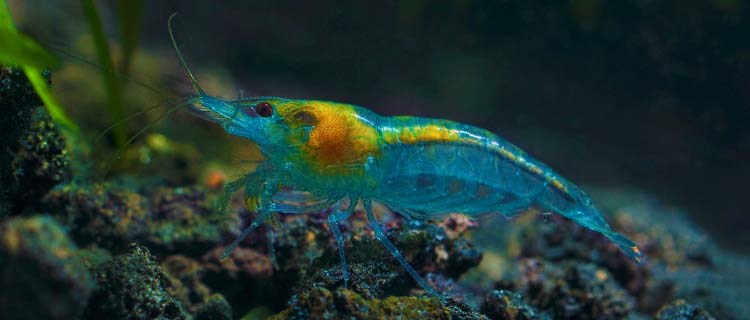
The Blue Pearl shrimp is one of the newer blue shrimp types first bred in Germany. Derived from the Pearl shrimp, what distinguishes this species is its pearl-toned light or very light blue color. Sometimes, they also possess a light blue shade accompanied by pearly white portions.
Being one of the dwarf shrimps, the Blue Pearl will grow up to a maximum size of 2.5 cm in adulthood. They have a lifespan of about 2 years. Their care is straightforward, with no extra needs. Average tropical water conditions will suffice for them.
They are moderate creatures and do not show any aggression. They are suitable to be kept with other shrimp species. Their reproduction is simple, and they can multiply in a short period. After setting up an aquarium that meets their requirements, you will notice they proliferate quickly.
For Blue Pearl shrimps, the water parameters should be within the following ranges: 6.6-7.5 pH, 20-26 °C temperature, 7-20 KH.
3. Blue Tiger Shrimp
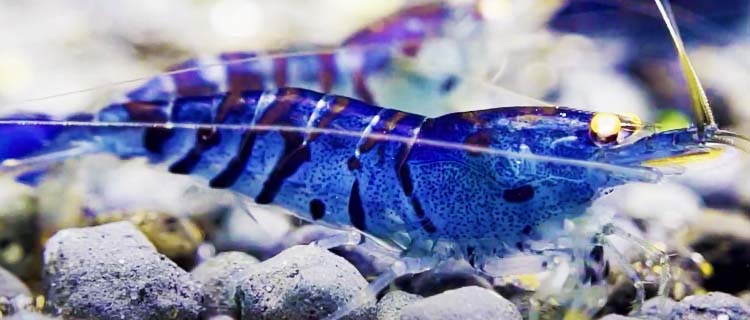
The Blue Tiger shrimp is a variety that will immediately catch your attention when you visit a store and observe various shrimp species. This later developed variant of the primary species has distinct physical characteristics that set it apart.
Its color tone is close to the Blue Angel, being of dark shades. In addition to its color, what gives it its name are the black vertical stripes it possesses. Another distinct feature is its eyes, which are in orange-yellow tones.
Originating from China, the Blue Tiger shrimp is among the types that don’t grow in the wild. However, precise information regarding where and when it was developed remains elusive.
While its care might be slightly more challenging compared to other blue shrimps, it still has straightforward maintenance requirements. Compared to other types on our list, there needs to be a bit more attention to water conditions. They can be kept with other shrimp varieties and compatible fish.
In their juvenile phase, they have lighter colors, but as they mature, their colors will darken. In adulthood, their size reaches a maximum of 3 cm.
The most crucial aspect to pay attention to for this shrimp variety is the water parameters. If the ammonia and nitrite values are higher than they should be, you might lose them.
4. Blue Velvet Shrimp
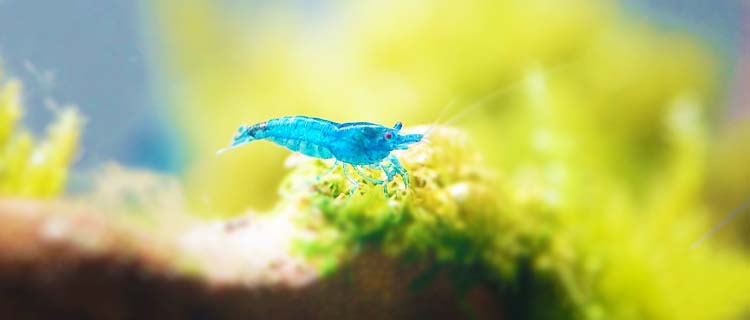
The Blue Velvet shrimp was introduced to aquariums as a result of selective breeding and belongs to the same family as the cherry shrimp. Through genetic breeding of the cherry shrimp, a vibrant blue color was achieved.
Just like the cherry shrimp, the Blue Velvet shrimp is renowned for its algae-eating capabilities. If you’re dealing with an algae problem in your aquarium and also value aesthetics, this shrimp is definitely one you should consider acquiring.
Apart from their colors, they possess the standard physical characteristics of known shrimps. There are a few different varieties within the Blue Velvet species itself. While some are entirely blue, others have shades or tonal differences in certain areas.
Purebred and well-cared-for adult females can reach a length of up to 5 cm, but usually, both adult males and females are around 3-4 cm. As is the case with many species, female velvet shrimps are more substantial. Of course, proper care directly affects their size, and the supplier from whom they’re acquired also plays a crucial role.
The water parameters for the Blue Velvet shrimp should be within the following ranges: 6.2-8.0 pH, 22-27 °C temperature, 0-8 KH.
5. Blue Rili Shrimp
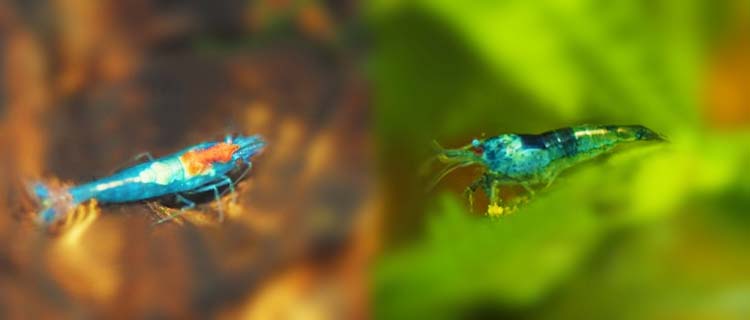
There are several color varieties of the Blue Rili shrimp, including Red, Carbon, and Orange Rili shrimps. Being among the dwarf shrimp species, the Blue Rili stands out due to its easy care and wide tolerance for water parameters, making it one of the more resilient shrimp varieties.
It’s a species produced as a result of selective breeding by experienced individuals. The females are larger than the males, reaching up to a maximum size of 2.5 cm. There are two different species referred to as Blue Rili shrimp. While this might sound a bit confusing, distinguishing between them is quite easy.
One has red colors on the transparent part of the body (behind the head), while the other carries a dark blue color (as seen in the aforementioned image).
If you’re just starting out and need to maintain a small aquarium size, Blue Rili shrimps are suitable for you. With their easy care, small size, and visual appeal, you can be sure they’ll meet your needs.
The ideal water parameter range for the Blue Rili shrimp is; 6.4-8.0 pH, 20-28 °C temperature, 3-15 KH.
6. Blue Bolt Shrimp
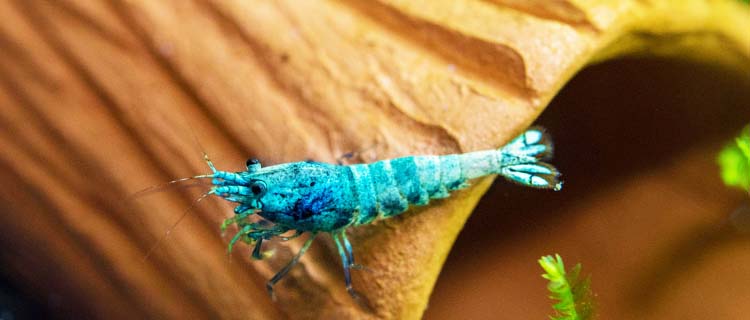
Blue Bolt Shrimp is a favorite among many aquarists. It ranks high among blue shrimp varieties for its stunning colors. A Turkish name has not been given for this species yet, and it’s commonly known as “blue bolt” among aquarists and sellers.
This shrimp typically displays three distinct colors. While the predominant hue is blue, their tail parts are whiter, their head sections are blue, and where these colors meet in the middle, there’s a beautiful gradient.
Caring for Blue Bolts is somewhat more demanding than the other shrimp on our list. Water parameters and aquarium conditions should be well-maintained and fluctuations in these conditions should be minimized.
They grow up to a maximum of 2.5 cm. The ideal water parameters for this medium difficulty shrimp are; 5.5-6.5 pH, 20-24 °C temperature, 0-2 KH. As you can see, the KH and other values are closer to zero and soft, hence it’s considered of medium care difficulty.
Common Aquarium Shrimp Diseases
With the right setup, consistent aquarium maintenance, and controlled water parameters, all shrimp varieties will live for their expected lifespan. In your shrimp aquarium, it’s typical to occasionally see a death among dozens or even hundreds of shrimps.
However, if you’re experiencing mass deaths, there’s a problem. Issues could arise from water conditions, insufficient filtration, or contagious diseases.
Parasites and infections are among the common causes of diseases in shrimp care. Their primary causes are dirty water, insufficient filtration, and high temperatures.
To best protect your shrimp from diseases, start with setting up the aquarium correctly. Shrimps generally thrive in planted, tropical condition-suitable aquariums.
To prevent diseases, consider the following steps:
- Before setting up the aquarium, decide on the species you want to keep and set up the tank according to their needs.
- Add moss types when choosing aquarium plants. This facilitates breeding and ensures healthier offspring with minimal losses.
- After setup, wait for the bacterial cycle to establish. A well-cycled aquarium minimizes the chances of losses.
- Even though shrimps are excellent algae eaters, don’t rely solely on this for their diet. Ensure proper feeding with suitable foods.
- Weekly and monthly maintenance, including filter cleaning, should be done consistently to prevent water contamination.
- If any physical changes are observed in any of the shrimps, precautions against potential parasites should be taken.
- While this list might seem overwhelming, with consistent practice, it becomes easy and manageable.
Which Fish Can Live with Shrimps?
You can choose a simple, single-species shrimp aquarium or a mixed one. The key is to select compatible shrimp and other aquatic animals. Shrimps are very docile, harmonious aquarium inhabitants. The primary concern is the types of fish you choose to accompany them.
Some compatible companions for shrimps include:
- Neon Tetra
- Guppies
- Dwarf gourami
- Channeled applesnail, Ramshorn snails(Planorbis rubrum), and Neritina snails
- Panda corydoras
- Rasbora
- Butterfly Hillstream Loach
- Other shrimp varieties compatible with the ones you select
We discussed some of the most popular blue shrimp varieties among hundreds. We hope our list of 6 blue shrimp varieties has been helpful.
Shrimps are one of the incredible creatures you can house in an aquarium. Watching them is certainly a delight.
If you have questions about other blue shrimp and shrimp species not on our list, please don’t hesitate to use the comment section.
FAQs
Why Should I Keep Shrimp in My Aquarium?
Beyond their visual appeal, shrimp offer various benefits. One of their most significant advantages is that they are excellent waste and algae eaters. They will put in an extraordinary effort to help maintain the cleanliness of your aquarium.
How Should a Shrimp Aquarium Be Set Up?
Though there’s a longer answer to this question, let’s keep it simple. A basic setup should include an aquarium capacity of 20 liters or more, regular cleaning, correct water parameters, and the essential inclusion of moss-type plants.
What is the Lifespan of Aquarium Shrimp?
The lifespan can vary based on the species, care, and conditions of the aquarium. Generally, freshwater shrimp have a life expectancy ranging from 1 to 6 years.


